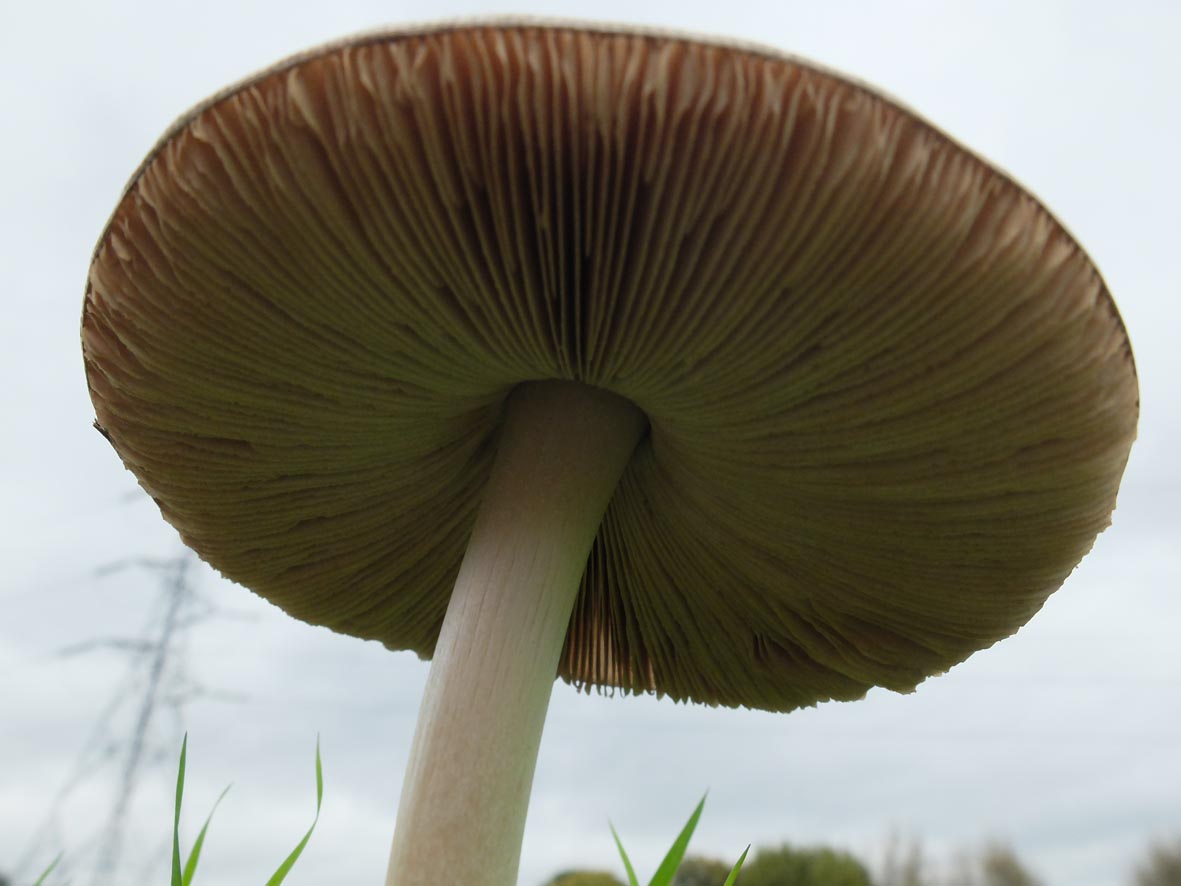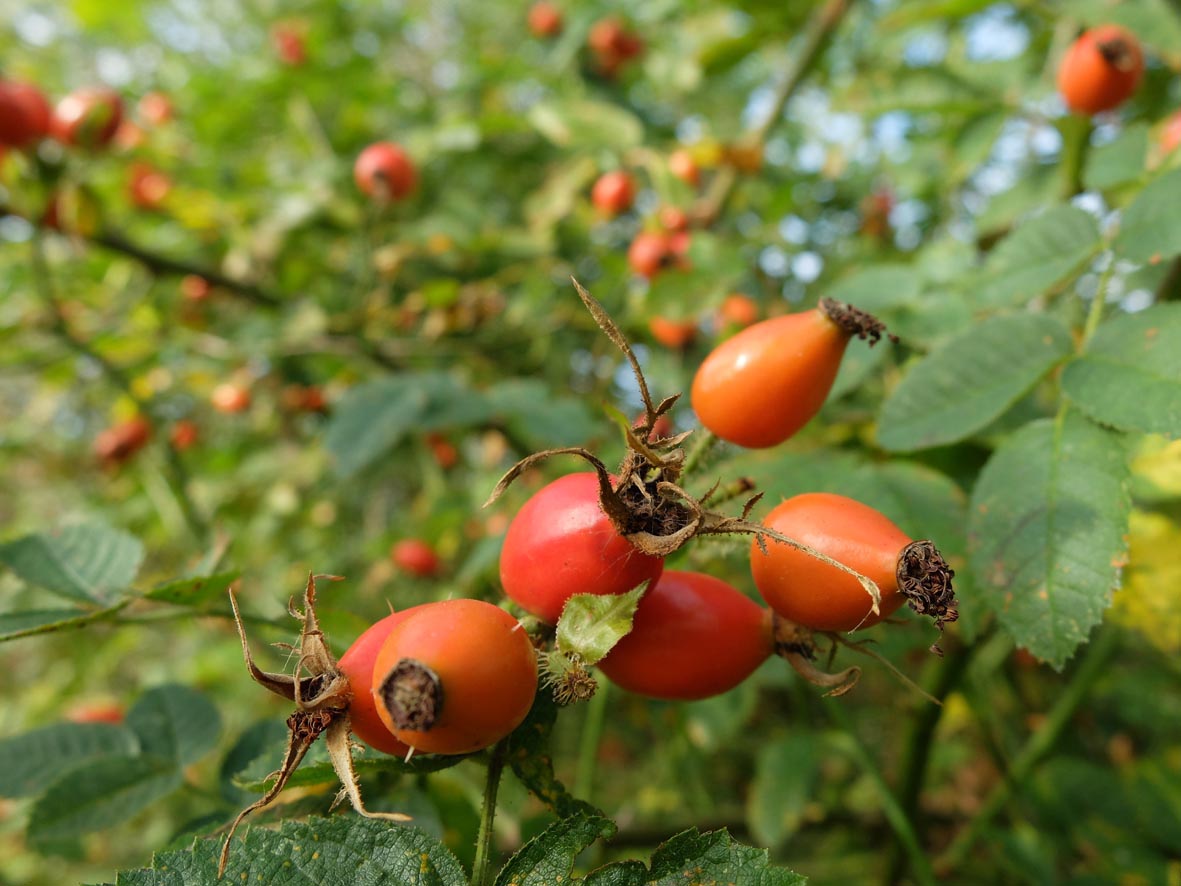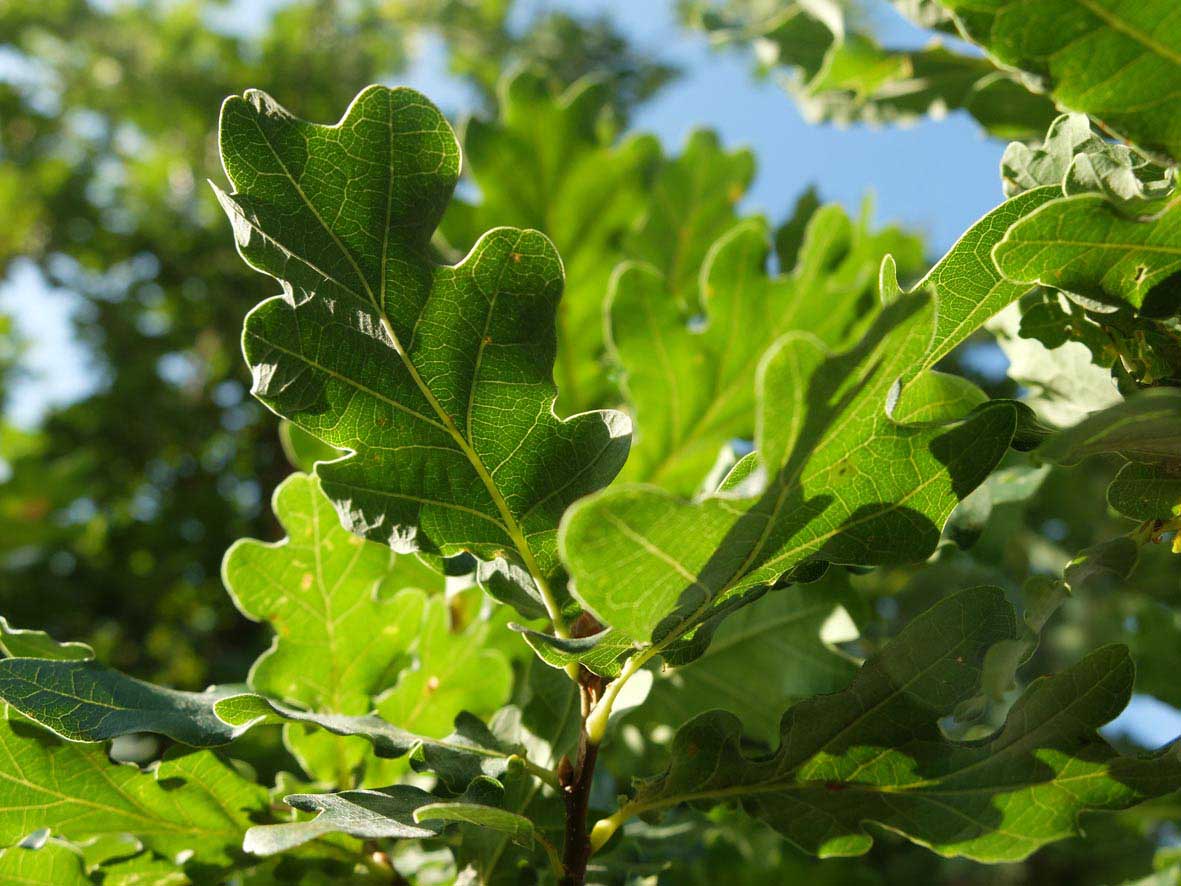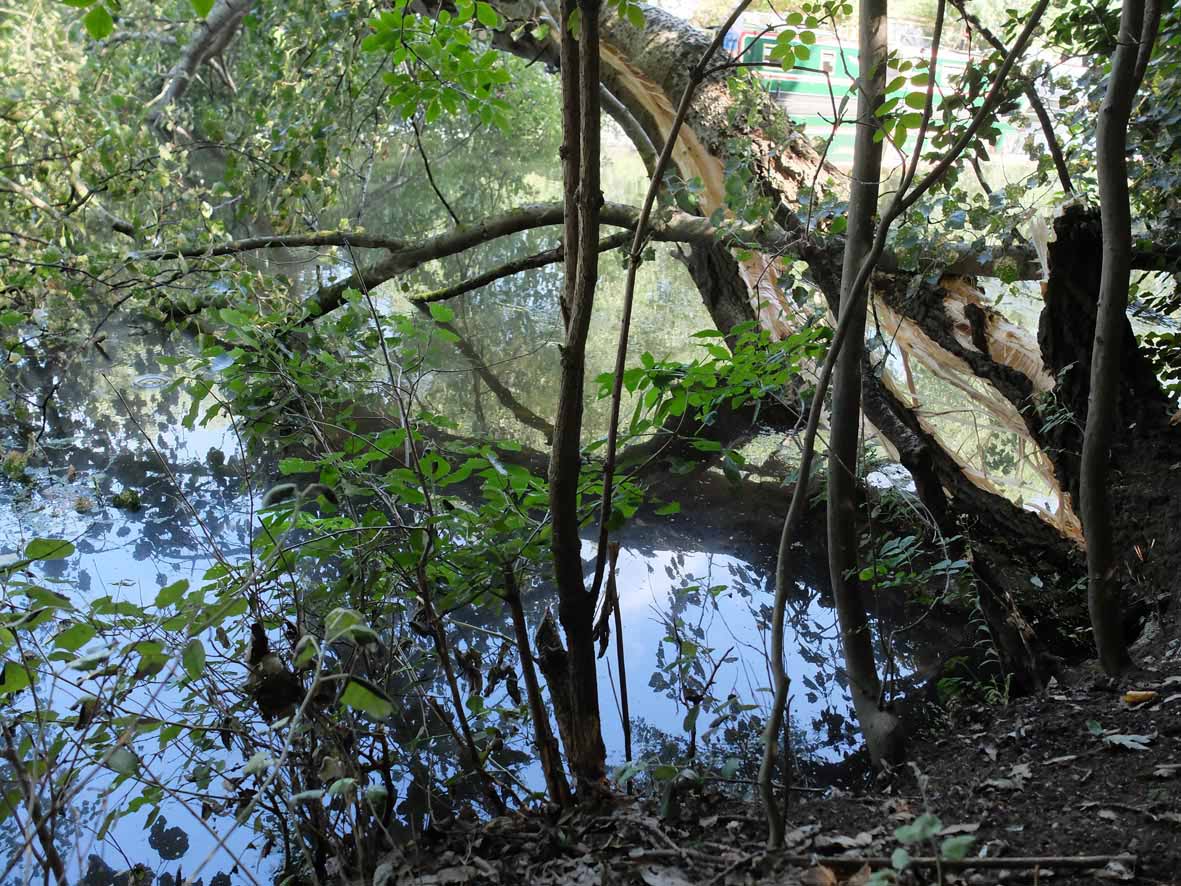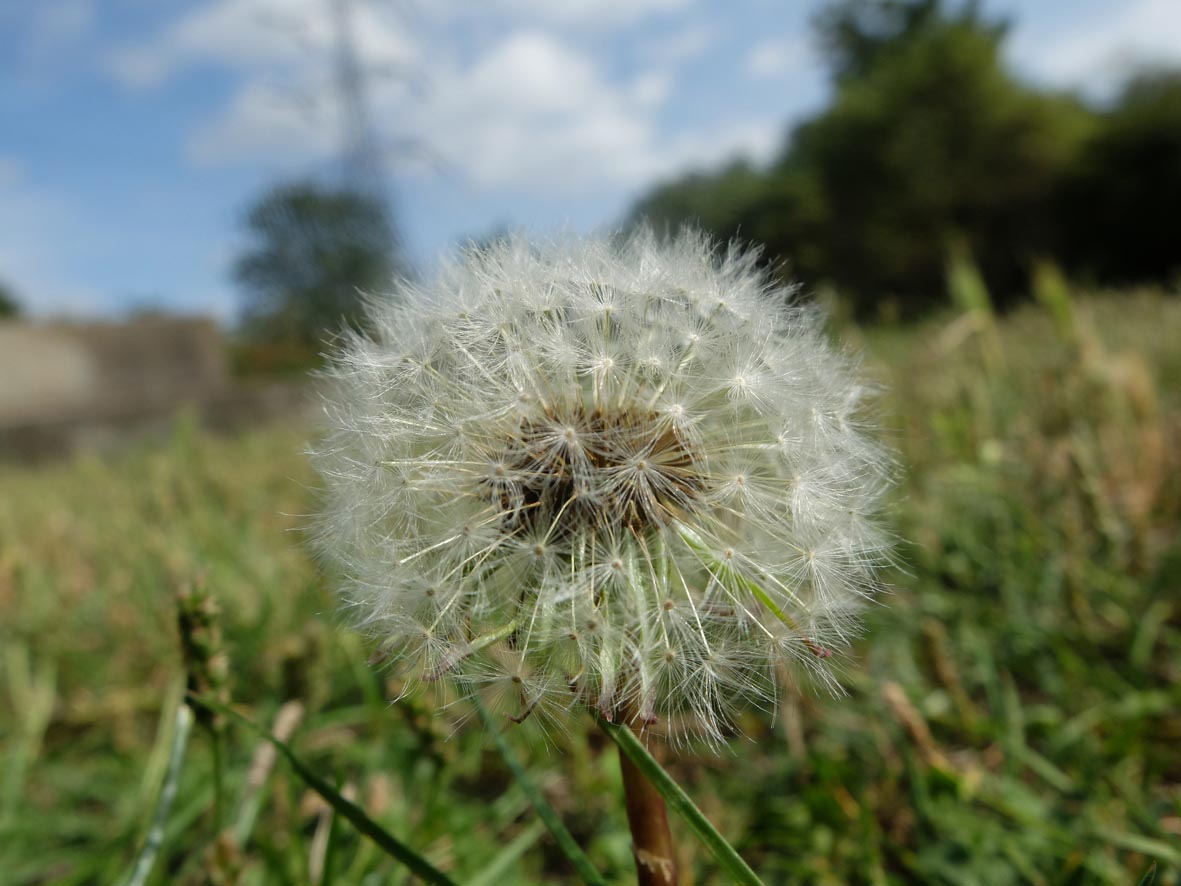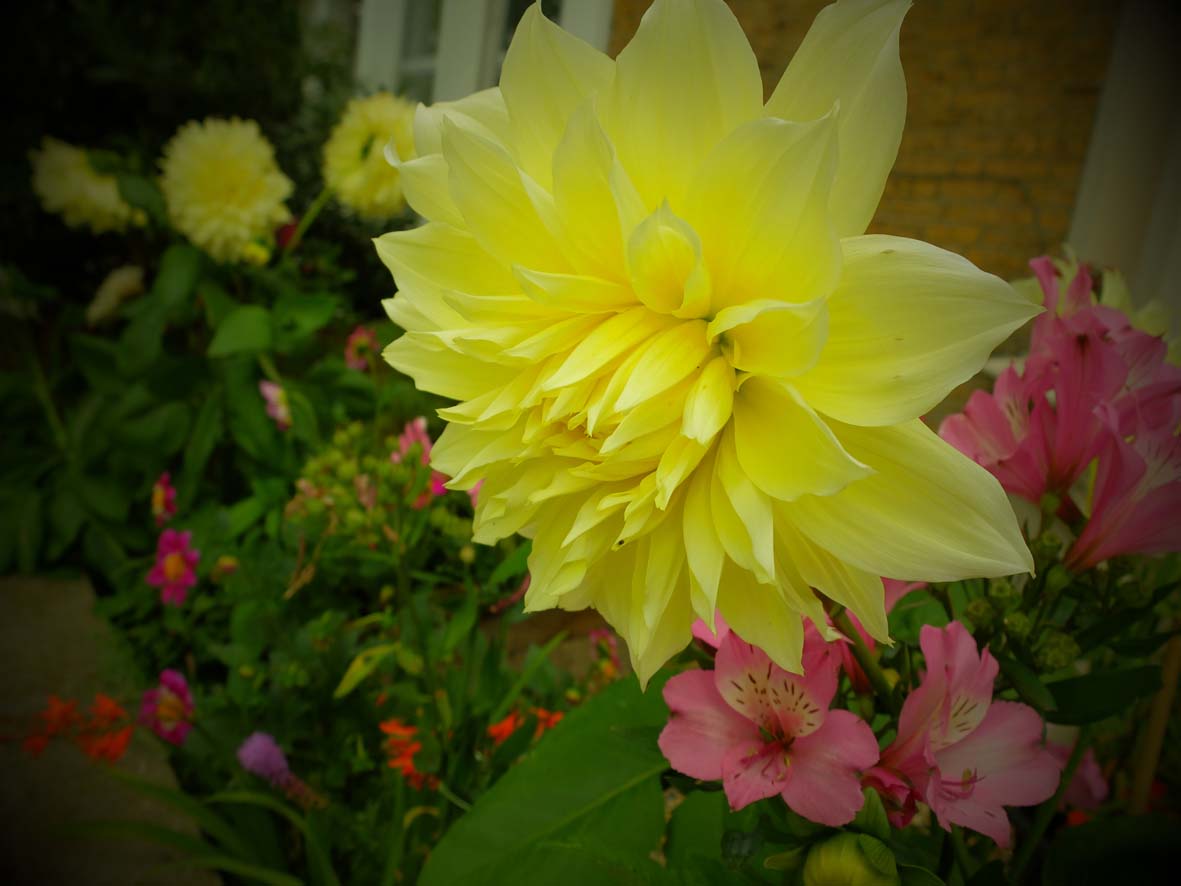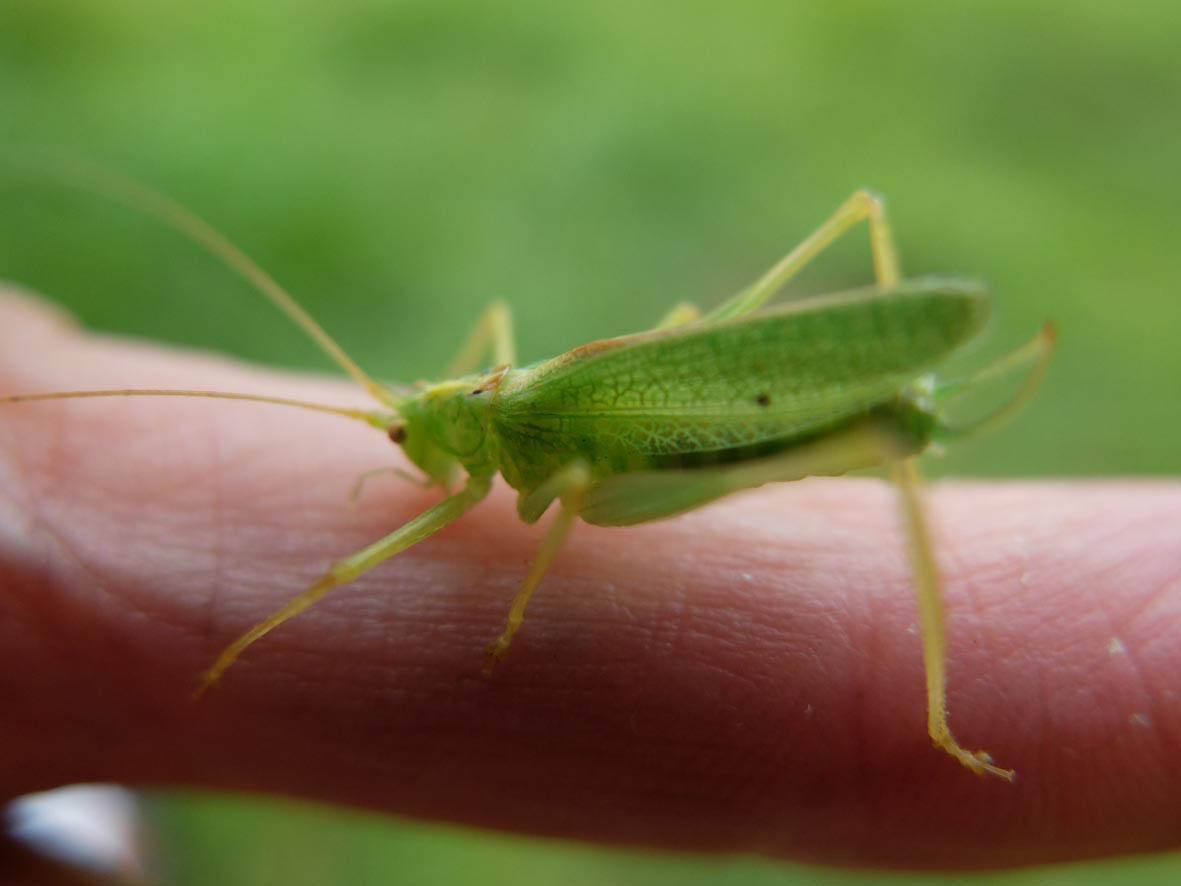29 Oct Fallen Crab Apples
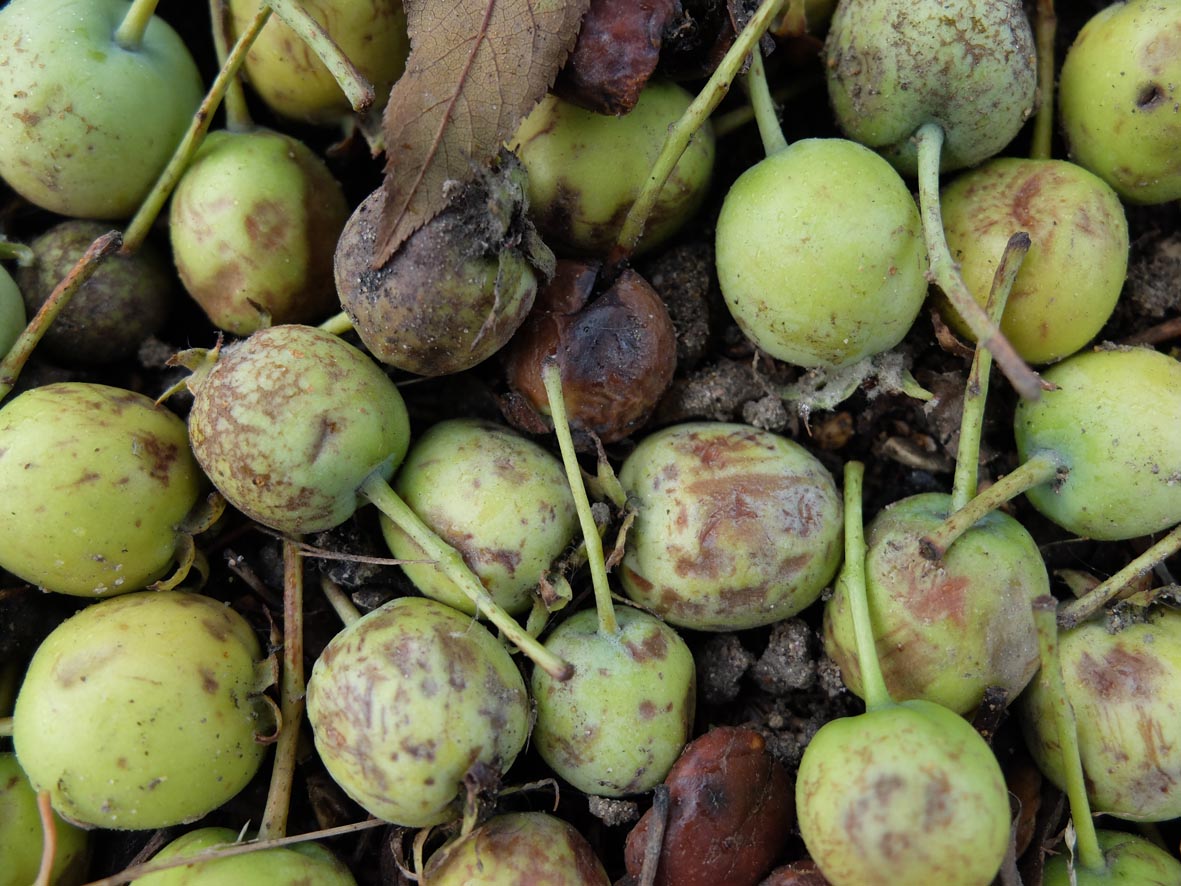 Here lies an unpicked harvest. Nature’s bounty falls to the ground for wasps, now drunk on fermented fruit. Even the birds have had their fill. City people too busy or unschooled in nature’s kitchen to plunder fruit trees, let it rot. Trees rely on mammals and birds to eat their fruit. The seeds are designed to be returned to the ground in a neat parcel of manure to assist propagation. My poo – it’s fertilising power untapped – flushes from sewer to pipe under the city until it reaches sewage treatment works then canal or river before it flows down to the sea. The majority of crab apple seeds will rot and be swept
Here lies an unpicked harvest. Nature’s bounty falls to the ground for wasps, now drunk on fermented fruit. Even the birds have had their fill. City people too busy or unschooled in nature’s kitchen to plunder fruit trees, let it rot. Trees rely on mammals and birds to eat their fruit. The seeds are designed to be returned to the ground in a neat parcel of manure to assist propagation. My poo – it’s fertilising power untapped – flushes from sewer to pipe under the city until it reaches sewage treatment works then canal or river before it flows down to the sea. The majority of crab apple seeds will rot and be swept



